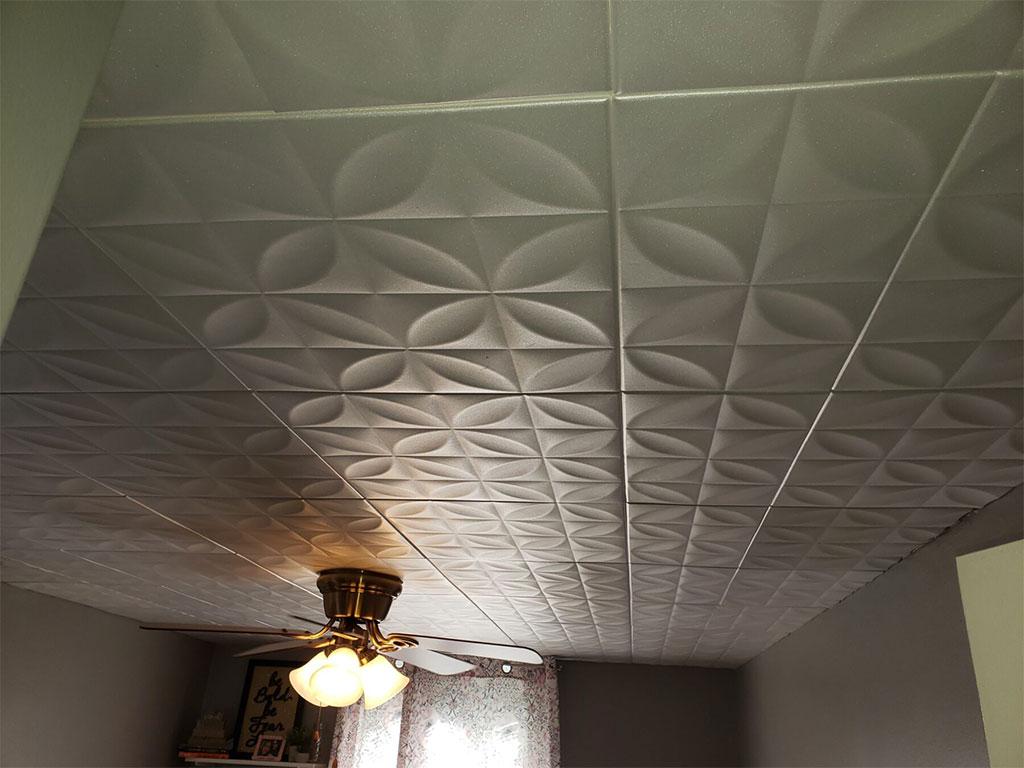

BASF and Stastny applied for a patent that was issued in 1949. These beads are the raw material for molding parts or extruding sheets. īefore 1949, chemical engineer Fritz Stastny (1908–1985) developed pre-expanded PS beads by incorporating aliphatic hydrocarbons, such as pentane. According to the Science History Institute, "Dow bought the rights to Munters's method and began producing a lightweight, water-resistant, and buoyant material that seemed perfectly suited for building docks and watercraft and for insulating homes, offices, and chicken sheds." In 1944, Styrofoam was patented.

Otis Ray McIntire (1918–1996), a chemical engineer of Dow Chemical, rediscovered a process first patented by Swedish inventor Carl Munters. Success was achieved when they developed a reactor vessel that extruded polystyrene through a heated tube and cutter, producing polystyrene in pellet form. Farben began manufacturing polystyrene in Ludwigshafen, about 1931, hoping it would be a suitable replacement for die-cast zinc in many applications. This eventually led to the substance receiving its present name, polystyrene. About 80 years later it was realized that heating of styrol starts a chain reaction that produces macromolecules, following the thesis of German organic chemist Hermann Staudinger (1881–1965). In 1866 Marcellin Berthelot correctly identified the formation of meta styrol/Styroloxyd from styrol as a polymerisation process. They called the product "meta styrol" analysis showed that it was chemically identical to Simon's Styroloxyd. By 1845 Jamaican-born chemist John Buddle Blyth and German chemist August Wilhelm von Hofmann showed that the same transformation of styrol took place in the absence of oxygen. Several days later, Simon found that it had thickened into a jelly, now known to have been a polymer, that he dubbed styrol oxide ("Styroloxyd") because he presumed that it had resulted from oxidation ( styrene oxide is a distinct compound). From storax, the resin of the Oriental sweetgum tree Liquidambar orientalis, he distilled an oily substance, that he named styrol, now called styrene. Polystyrene was discovered in 1839 by Eduard Simon, an apothecary from Berlin. It is accumulating as a form of litter in the outside environment, particularly along shores and waterways, especially in its foam form, and in the Pacific Ocean. Under ASTM standards, polystyrene is regarded as not biodegradable. The temperatures behavior can be controlled by photocrosslinking. This temperature behaviour is exploited for extrusion (as in Styrofoam) and also for molding and vacuum forming, since it can be cast into molds with fine detail. Īs a thermoplastic polymer, polystyrene is in a solid (glassy) state at room temperature but flows if heated above about 100 ☌, its glass transition temperature. Uses include protective packaging (such as packing peanuts and in the jewel cases used for storage of optical discs such as CDs and occasionally DVDs), containers, lids, bottles, trays, tumblers, disposable cutlery, in the making of models, and as an alternative material for phonograph records. Polystyrene is naturally transparent, but can be colored with colorants. Polystyrene is one of the most widely used plastics, with the scale of its production being several million tonnes per year. It is a poor barrier to air and water vapor and has a relatively low melting point. It is an inexpensive resin per unit weight. General-purpose polystyrene is clear, hard, and brittle. Polystyrene ( PS) / ˌ p ɒ l i ˈ s t aɪ r iː n/ is a synthetic polymer made from monomers of the aromatic hydrocarbon styrene.
Black styrofoam ceiling tiles code#
Chemical compound Expanded polystyrene packaging A polystyrene yogurt container Bottom of a vacuum-formed cup fine details such as the glass and fork food contact materials symbol and the resin identification code symbol are easily molded


 0 kommentar(er)
0 kommentar(er)
